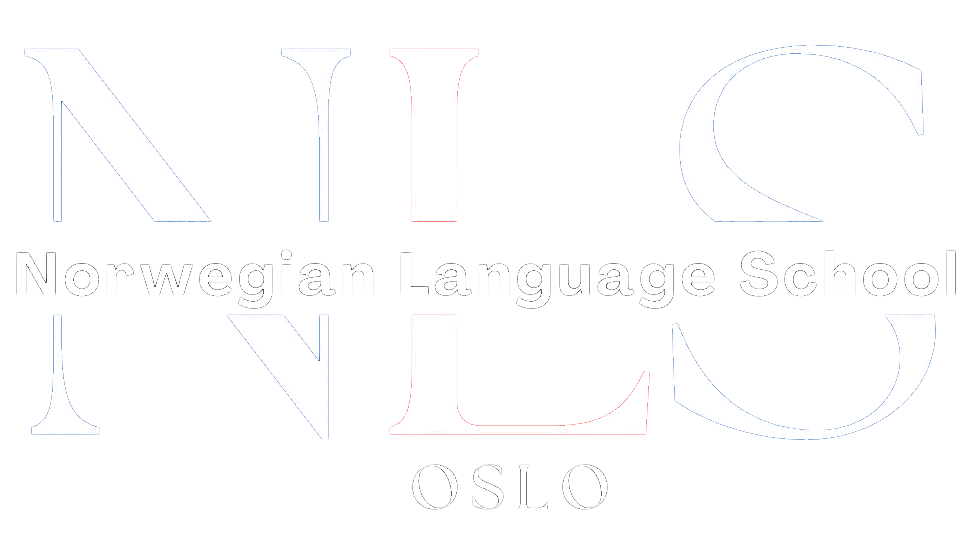

Learn Body Parts in Norwegian – Quick Guide
Ever wondered how to say “body parts” in Norwegian? Learning this helps with language skills and Nordic culture knowledge. It’s an important step.
We’re going to explore human body parts, genders in their names, and even how Norwegians use body language. Ready to dive into the world of “kroppsdelar and norsk anatomi”?
Let’s begin!
Table of Contents
ToggleIntroduction to Norwegian for Beginners
Norwegian is an exciting language that holds many benefits for learners. By learning it, you dive into Norway’s rich culture. You connect with people, improve your job options, and work on your brain power. Plus, your ability to speak different languages grows.
Learning Norwegian is like opening a door to new experiences. It helps you understand Norway’s way of life and culture better. If you’re headed to Norway or just love learning new languages, it brings you closer to this beautiful place.
Speaking Norwegian lets you talk with Norwegians in a meaningful way. You also get to know about their traditions and customs. It’s your ticket to exploring Norway’s history and unique cultural aspects.
Having Norgwegian in your skill set can help a lot in the job market. More and more, companies want people who can speak more than one language. Knowing Norwegian can make you stand out. It could lead to cool job opportunities both in and outside of Norway.
Did you know? Norwegian comes from the Germanic language family. This means it shares similarities with English, German, and Dutch. So, by learning Norwegian, you could also find it easier to learn these other languages.
Let’s see what learning Norwegian can do for you, career-wise:
| Career Opportunities | Benefits |
|---|---|
| Tourism and Hospitality | Enjoy a job in Norway’s growing tourism field, meeting people from around the world and offering them great experiences. |
| Translation and Interpretation | Bridge different languages by translating to and from Norwegian, helping people communicate clearly. |
| Education | Teach Norwegian or English in schools in Norway, sharing knowledge and language skills with others. |
| International Business | Work closely with Norwegian companies, forming strong business connections globally. |
| Research and Academia | Study Norway’s culture and history, adding to the world’s knowledge and promoting global understanding. |
Learning Norwegian means more than just learning words. It’s about opening up different job paths and ways to grow as a person.
Ready to start your Norwegian adventure? It’s time to explore the many opportunities waiting for you.
The Human Body in Norwegian Culture
In Norwegian culture, body language is very important in how people communicate. Things like eye contact, how you stand, and the way you move your hands all say a lot. Knowing what’s polite with body language helps build good relationships with Norwegians.
Eye Contact
Looking someone in the eyes is key in Norway. It shows you’re really listening and you’re honest. But if you look away too much, people might think you’re not interested. A healthy, steady gaze shows you’re involved and respectful.
Posture
How you hold yourself matters in Norway, too. If you sit or stand in a relaxed way, it could come off as not caring. Sitting or standing straight up shows you’re sure of yourself and paying attention. It’s smart to be aware of how you’re standing or sitting when you’re with Norwegians.
Gestures
Gestures are a big part of how Norwegians communicate. For example, nodding “yes” or shaking their head “no” is clear to everyone. But not every gesture means the same thing there as it does here. So, watching and learning about how they use their hands and faces can be helpful.
“In Norwegian culture, body language speaks volumes. Paying attention to eye contact, posture, and gestures can help you establish meaningful connections and navigate social interactions more effectively.”
Learning about and showing respect for how Norwegians use body language can make your talks with them better. It’s a step towards understanding each other more and building good friendships.
Essential Body Parts in Norwegian Vocabulary
Facial Features
Starting with basic Norwegian, you should learn facial feature names first. Here’s a list of important terms to grow your vocabulary:
- Øyne – Eyes
- Nese – Nose
- Munn – Mouth
- Lepper – Lips
- Tenner – Teeth
Upper Body
It’s key in Norwegian to know upper body parts for good conversations. Let’s look at a few important words:
- Hode – Head
- Nakke – Neck
- Skulder – Shoulder
- Arm – Arm
- Hånd – Hand
“The human body is a fascinating subject to explore, and learning the Norwegian names for body parts adds a new dimension to your language skills.”
Lower Body
Now, let’s learn about the lower body in Norwegian:
- Rygg – Back
- Liv – Waist
- Hofte – Hip
- Ben – Leg
- Fot – Foot
Organs
To know the human body well, learn internal organs in Norwegian:
- Hjerte – Heart
- Nyrer – Kidneys
- Lever – Liver
- Mage – Stomach
- Lunger – Lungs
Learning about internal organs is hard. Try to connect each one with a picture or make a mnemonic. This can make remembering easier.
| Body Part | Translation in English |
|---|---|
| Hode | Head |
| Nakke | Neck |
| Hånd | Hand |
| Liv | Waist |
| Mage | Stomach |
Getting to know essential body parts in Norwegian is a great start to language learning. Use these words daily to improve. This will also help you talk with Norwegians better.
Conclusion
By learning about body parts in Norwegian, you’ve grown your language skills and cultural knowledge. You now know words for your body in norsk kroppsdeler. This knowledge is a useful tool for speaking Norwegian.
Studying Norwegian words and grammar has helped you understand the language better. It connects you with people who speak Norwegian. Keep learning and practicing, and you’ll get closer to speaking fluently.
Remember, learning a language takes time and practice. Keep using Norwegian words in your daily talks. This way, you’ll keep getting better and closer to being fluent in Norwegian.
FAQ
How can learning body parts in Norwegian benefit me?
What are some common body language cues in Norwegian culture?
Are there gender variations in body part terms in Norwegian?
Could you provide a comprehensive list of body parts in Norwegian?
How can I remember the complex terms related to internal anatomy in Norwegian?
How can I practice using body part vocabulary in everyday conversations?

Norwegian A1-A2
Course Overview The Norwegian A1-A2 course is an online program focused on teaching essential Norwegian grammar and vocabulary. It includes a variety of materials and topics, with opportunities to interact with a Norwegian teacher entirely online. Curriculum Highlights The course covers key areas such as grammar and vocabulary and topics such as family, daily life, education, work, traditions, and leisure activities. Who Should Enroll? This course is perfect for beginners or those at the A1 or A2 levels who want to improve their Norwegian skills. What You Get Access to the full Norwegian A1-A2 course. A monthly 1-hour online conversation with a teacher. Many written and oral assignments. Comprehensive information on Norwegian grammar, Norwegian vocabulary and how to use them, important sentence structures, etc. Tips on additional resources to further enhance your Norwegian learning.
0 students enrolled
Last updated Dec 10th, 2024
If you want to learn Norwegian, you can register for classes here. We look forward to hearing from you and helping you become fluent in Norwegian.






